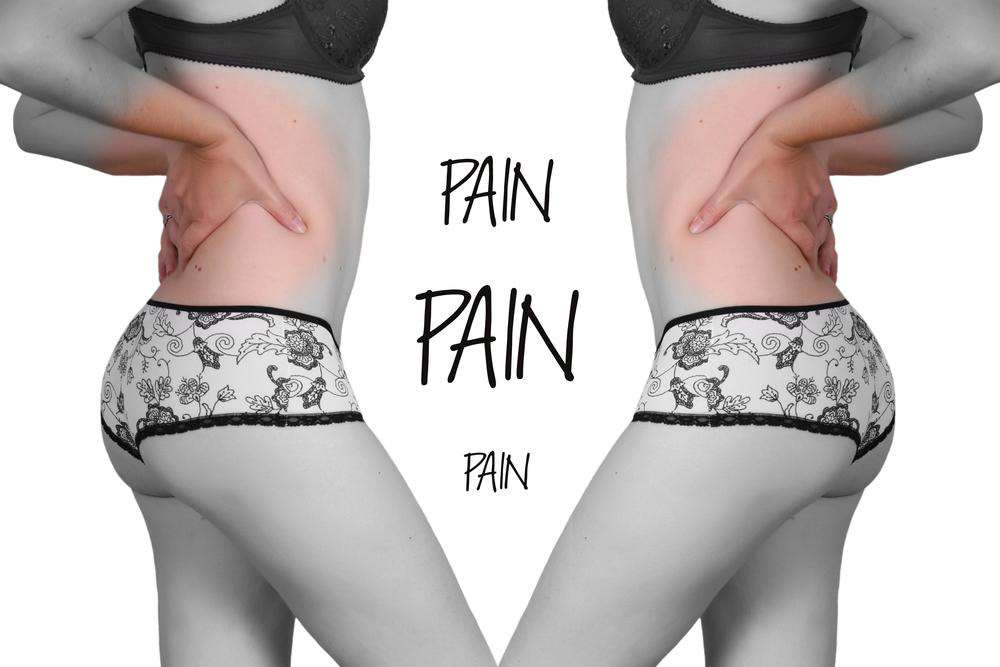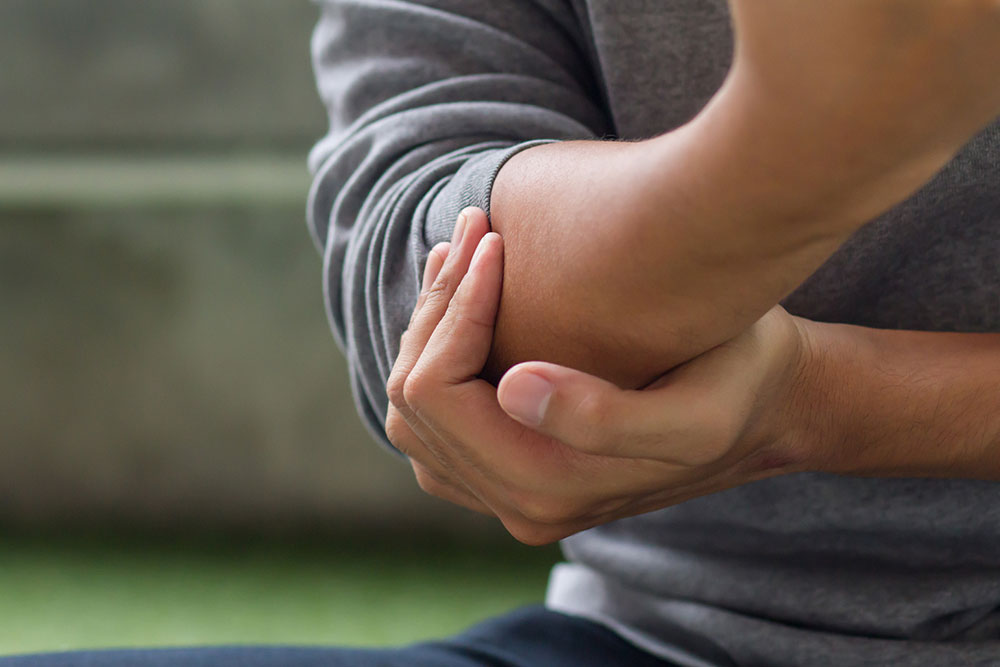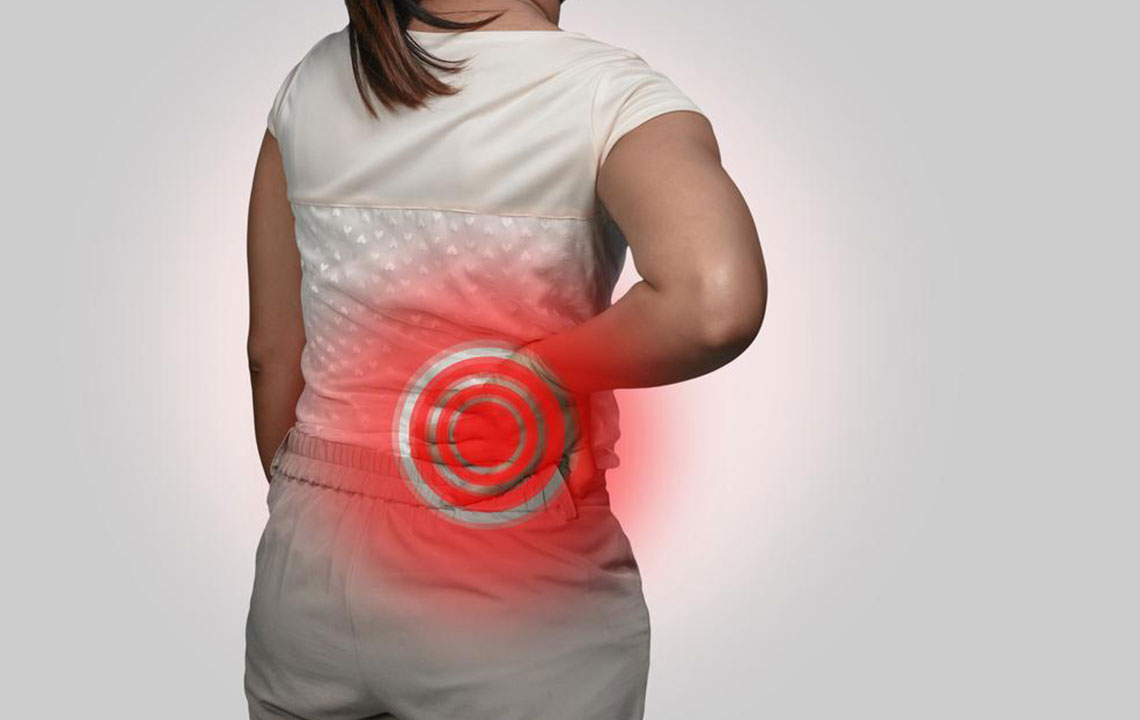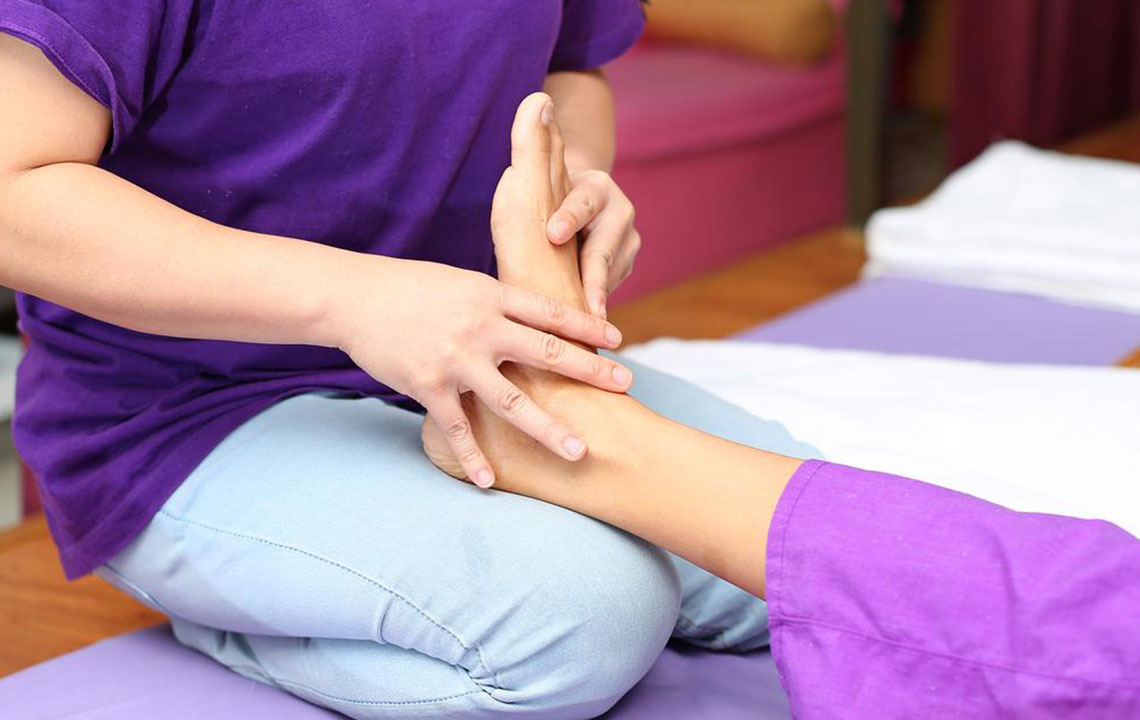Understanding Sciatic Nerve Discomfort and Effective Relief Strategies
Learn about sciatic nerve pain, its symptoms, causes, and effective treatment options. Discover natural remedies, lifestyle changes, and medical approaches to alleviate discomfort and improve quality of life. Seek professional advice for persistent symptoms to ensure proper care.

Understanding Sciatic Nerve Discomfort and Effective Relief Strategies
Persistent nerve discomfort impacts many individuals, especially those with diabetes and other health issues, making daily life challenging. This article explores sciatic nerve pain, its symptoms, causes, and available treatments to help alleviate this common condition.
What is sciatic nerve pain?
Our nerves transmit sensory signals between the brain, spinal cord, and body. When nerves are damaged, pain can occur. The sciatic nerve, the longest in the body, runs from the lower back through the hips down to the ankles. Injury or pressure on this nerve results in sciatica, characterized by severe leg pain.
Symptoms typically manifest as pain localized in one leg, often near the lower portion. Some individuals experience numbness, tingling, or muscle weakness. Nighttime pain may intensify, disrupt sleep, and make movement or prolonged sitting uncomfortable. Certain motions, like bending or twisting, can worsen symptoms.
Common causes of sciatic pain
Herniated discs in the spine are a primary cause. Other spinal issues, pregnancy, or uterine tumors in women can also lead to nerve compression, resulting in sciatic discomfort.
Approaches to managing sciatic pain
While some cases improve naturally over time, many seek relief through various methods. Over-the-counter medications, prescription drugs, physical therapy, acupuncture, and other natural therapies are effective options. Addressing the underlying cause is crucial for permanent relief. Lifestyle modifications, such as avoiding long periods of sitting or standing, adopting a balanced diet, engaging in regular exercise, and incorporating massages or physical therapies, can significantly improve symptoms and overall well-being.
Important note: Although our content offers helpful insights, it should not replace professional medical advice. If experiencing persistent or severe pain, consult a healthcare provider for proper diagnosis and treatment to ensure complete recovery.










